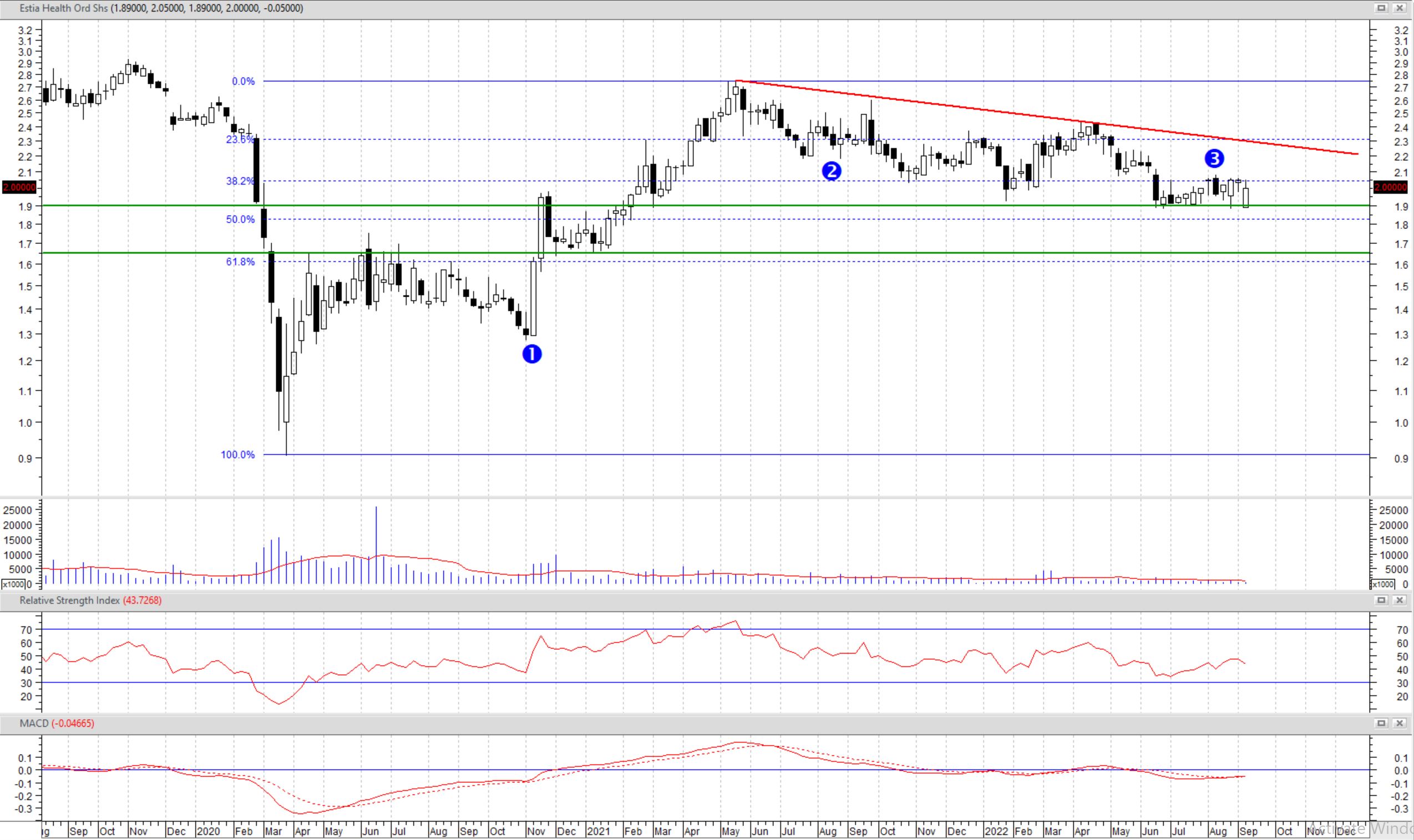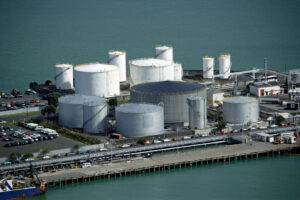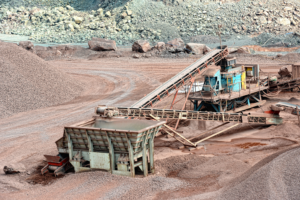Estia Health (ASX: EHE): Making money off a strong recovery never gets old
![]() Marc Kennis, September 14, 2022
Marc Kennis, September 14, 2022
Estia Health (ASX: EHE) provides aged care services in Australia. The company operates 68 residential aged care homes in total, including 25 homes in Victoria, 17 homes in South Australia, 18 homes in NSW and 8 homes in Queensland. Estia Health was founded in 2005 and is headquartered in Sydney, Australia.
No time to do stock research, but you still want to invest?
Stocks Down Under Concierge gives you timely BUY and SELL alerts on ASX-listed stocks!
GET A 3-MONTH FREE TRIAL TO CONCIERGE TODAY
Let’s start with Estia’s chart and see what moved its share price since the Corona Crash.

Estia Health, Weekly Chart in Semi-log Scale (Source: Metastock)
❶ A bullish rally in the stock market drives up Estia’s share price.
❷ FY21 results show $6m NPAT (net profit after tax) after receiving $21.4m of Government funding to cover their entire direct COVID-19 response costs. (FY21 Full Year Results)
❸ FY22 results show a net loss after tax of $52.4m, driven by uncovered COVID-19 related costs of $42.3m and by the newly introduced non-cash bed license amortisation charge of $60.3m. (FY22 Full Year Results)
Covid hit the company hard
Estia’s share price recovered to its pre-pandemic levels in May 2021 in line with the rest of the market. But since then, the share price has only been consolidating its gains as the company kept reporting soaring costs associated with COVID-19 and wage pressures due to staff shortages and absenteeism.
As a result, reported earnings came in substantially below the pre-pandemic levels of around $40m for the past three years. This made it clear to the market that Estia is still some time away from recovering to its pre-pandemic financial performance.
Australia’s aged care industry is set to thrive
The aged care sector has been the subject of extreme scrutiny since the Royal Commission’s inquiry into the aged care quality and safety was announced in September 2018.
The reports of elder abuse in aged care facilities led the market to believe that more people would avoid aged care, and the increasing regulatory burden on the industry would put more pressure on the sector’s profit margins.
But the sector’s occupancy and earnings remained rather unchanged in the subsequent years, evidence of the reality that Australia’s aged care sector has acceptable, high-quality standards. Additionally, the country’s need for aged care is only growing as the population of Australians over the age of 85 continues to grow and is estimated to double in the next 20 years.
And now, with the worst of the pandemic behind us, we think it’s time to be more optimistic about Estia.
Occupancy is recovering to pre-pandemic levels
With COVID-19 under control, less people would be scarred of outbreaks in the aged care facilities. Estia’s reports show occupancy recovering to its pre-COVID-19 levels with August occupancy of 92%, up from the FY21 average of 91.2% and on the way to return to pre-pandemic levels of more than 93.5%.
Staff shortages to improve
The biggest challenge facing the aged care sector is shortage of workers, which was already the case pre-COVID-19, and this has been amplified by border closures. Staff costs are more than 70% of the sector’s revenue and have only been increasing due to the shortage of staff, which has led to increased overtime costs and higher usage of agency staff.
The borders are now open again and the Government recently announced an increase in the permanent migration cap to 195,000 with an emphasis on occupations in engineering and healthcare.
In addition, the duration of post graduate working visas is to be extended and the restrictions lifted on temporary workers staying in Australia will be extended to June 2023. The immigration minister, Andew Giles, has also said that the government will spend $36.1m to hire 500 more staff in Home Affairs Department to clear a visa application backlog that now stretches to 900,000.
We expect these measures will ease the workforce shortages in the aged care sector to the pre-COVID-19 levels in the medium term.
Industry reforms to consider sector’s financial sustainability
The Royal Commission’s recommendations to improve the quality of the aged care sector haven’t turned out to be all that bad for the operators as once feared. The Government understands the importance of having a financially viable aged care sector to meet the needs of country’s aging population and to provide quality service to senior Australians by preventing disruptive exits that can be unanticipated and destructive.
As part of the new industry reforms, the Independent Health and Aged Care Pricing Authority (IHACPA) will advise the government on costs and pricing levels, commencing from 1 July 2023. The role and operation of IHACPA will be a key factor in establishing reasonable margins for the aged care sector in the future.
Estia’s current valuation is attractive
Estia shares are currently trading at a P/B multiple of 1x and an EV/EBITDA multiple of 6.2x. The consensus analysts estimates indicate the company’s earnings will turn positive in FY23 and its EV/EBITDA multiple to drop to 5.4x and remain flat for the next two years.
Estia is one of Australia’s largest residential aged care providers, employing in excess of 7,500 staff who care for more than 8,000 residents annually. We think Estia’s good market standing will allow it to regain its profitability once the regulatory landscape becomes clear and independent pricing starts from 1 July 2023.
Support levels at $1.90 and $1.65
Estia is buying back its shares on market, which can be the reason behind the solid support level at $1.90 on Estia’s chart in the last three months. The share buyback program is to end on 25 November 2022 when the share price might start to drag lower towards the next support level at $1.65.
We expect to see the impacts of easing workforce shortages and higher occupancy rates in the next several months. Therefore, we think buying in steps near the support levels of $1.90 and $1.65 can be rewarding for long-term investors with a target of $2.80 to $3.00 in the next 12 to 18 months.
Stop loss at $1.60
A break below $1.60 means the support level at $1.65 is broken and it will be a sign of significant bearish sentiment on the stock, which can open the way down to lower price levels.
No time to do stock research, but you still want to invest?
Stocks Down Under Concierge gives you timely BUY and SELL alerts on ASX-listed stocks!
GET A 3-MONTH FREE TRIAL TO CONCIERGE TODAY
No credit card needed and the trial expires automatically.

Frequently Asked Questions about Estia Health
- Is Estia an Australian company?
Yes, Estia is based in Sydney, NSW.
- Does Estia pay a dividend?
The company is not planning to pay a final dividend for FY22, but we expect the company to resume paying dividends in FY23.
- Is Estia a BUY right now?
We think buying in steps near the support levels at $1.90 and $1.65 with a stop loss at $1.60 can be rewarding for long term investors.
Blog Categories
Get Our Top 5 ASX Stocks for FY26
Recent Posts
Channel Infrastructure NZ (ASX:CHI): Another Kiwi company just joined the ASX, but this one is the nation’s largest fuel supplier
Last Friday, Channel Infrastructure NZ listed on the ASX as a dual-listing. It is unlike the bulk of Kiwi companies…
Arafura Rare Earths (ASX:ARU) Nears FID With $1.35 Billion Secured- Time to Buy?
Arafura Rare Earths (ASX: ARU) presents one of the most puzzling setups on the ASX right now. The company has…


